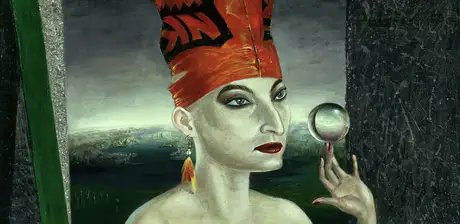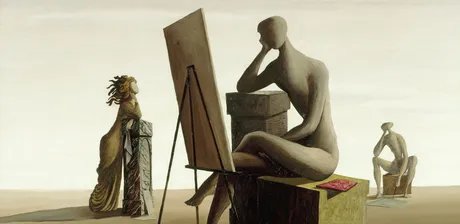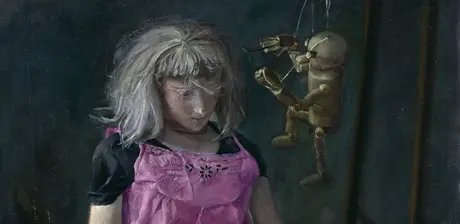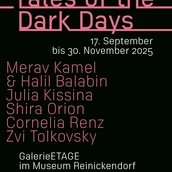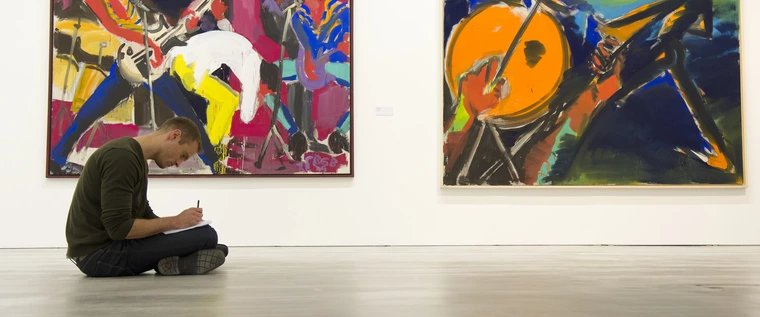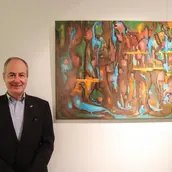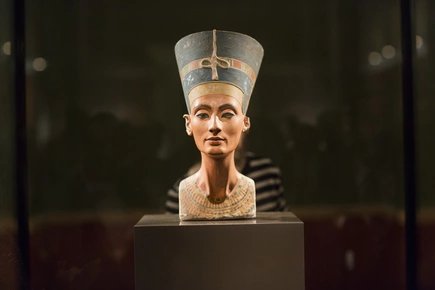
Surrealisms 1950–1990 from the Collections of the Nationalgalerie
Surrealism emerged in the early 1920s – but when did it end? Some say that the start of the Second World War marked the end of the movement, others cite the death of its spokesman André Breton (1896–1966), and still others are convinced that Surrealism can never really come to an end!
What is certain is that it spread rapidly. And whether in France, Spain, Czechoslovakia or Mexico, its proponents were quick to agree that Surrealism should not be seen as a shared artistic style, but as a mindset. The only thing that mattered was a “sur-real” attitude to all that people tend to call “reality”, a world governed by common sense, restrictive rationality and logocentrism, from which it was necessary to find escape routes into another, “sur-real” reality.
Although Surrealism as a shared artistic endeavour never really gained traction in Germany, its influence can be discerned in the collections of the Nationalgalerie.
Presented under the heading STRANGE!, the exhibition traces the echoes of Surrealism – for example in the form of motivic or stylistic quotations or through the elective affinities of a similar worldview – in a selection of some 60 works by 40 artists from East and West.
Produced during the Cold War, these works bear witness to the unifying force of an art that harnesses the power of creativity to resist the dictates of the prevailing “reality”.
- A special exhibition of the Nationalgalerie – Staatliche Museen zu Berlin
#MuseumsviertelCharlottenburg
Additional information
Price info: Special exhibition + Scharf-Gerstenberg Collection
Price: €12.00
Reduced price: €6.00
Price: €12.00
Reduced price: €6.00
